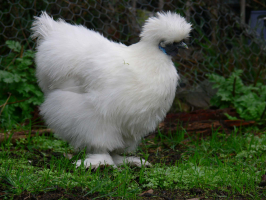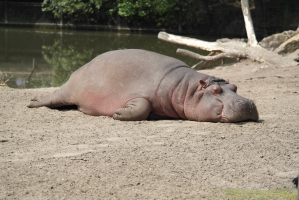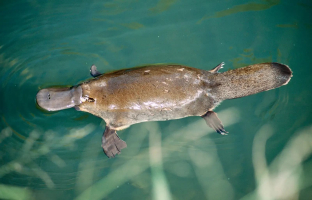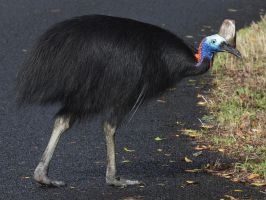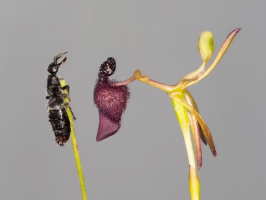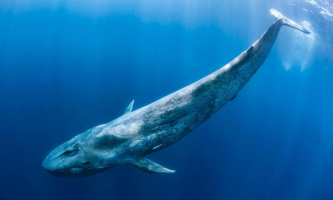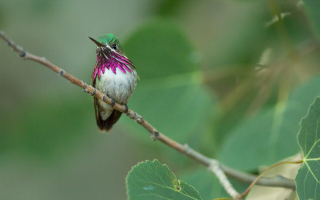Top 10 World's Smallest Animals
Animals come in all shapes and sizes, from very small to huge. People often think that big is better and has many advantages, but you do not know that small ... read more...animal are also very special. They need fewer resources to survive, can spawn more often, and can huddle around to escape predators. Even they are extremely intelligent and useful. Here is a list of the smallest animals in the world, let's find out!
-
The smallest terrestrial vertebrate in the world, Paedophryne Amanuensis, is a tiny frog with a male snout-vent range of 7.0 to 8.0 mm. Since only males have been discovered, the range of the female snout-vent is currently unclear. The head is longer than it is wide. It has a short, wide nose. It has quite large eyes. The fingers' ends are slightly enlarged discs that are not webbed. Particularly the first finger, which is vestigial, the first, second, and fourth fingers are significantly decreased.
P. amanuensis can be distinguished from species outside of the genus by having fewer pre-sacral vertebrates (7 instead of 8). P. amanuensis exhibits reduced ossification of several cranial parts as well as reduced phalangeal and digital structures in the hands and feet, similar to other miniature species. With a snout-vent length between 7.0 and 8.0 mm and a tibia length to snout-vent length ratio between 0.478 and 0.507, Paedophryne amanuensis is physically distinct from the other species in the genus, P. kathismalphlox, P. oyatabu, and P. swiftorum. It differs from P. kathismaphlox by having a wider, shorter head and from P. oyatabu and P. swiftorum by having longer, narrower heads. The dorsal side of P. amanuensis is dark brown with some tan to rusty-brown blotches. The lateral and ventral surface of the frog ranges from dark brown to slate grey with irregular bluish-white speckles.
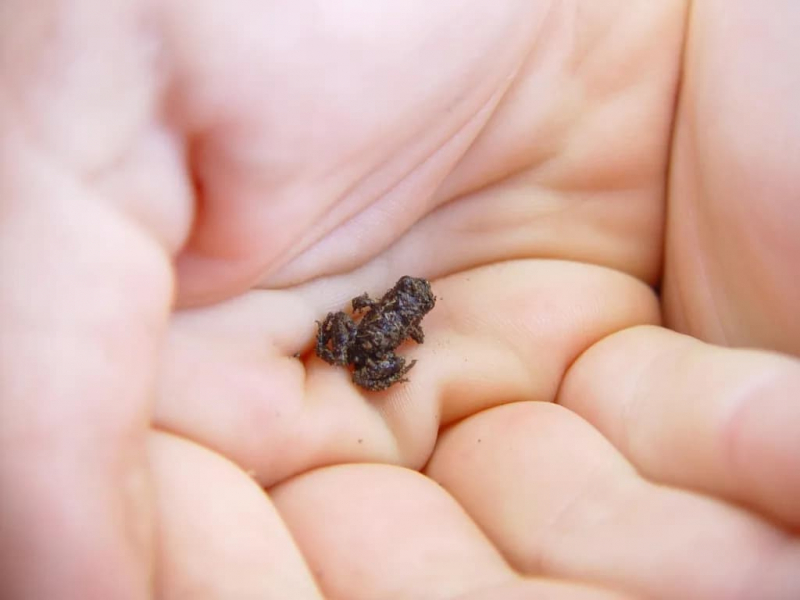
Via: Critter Squad Via: euronews -
On the Southeast Asian islands of Borneo, Sumatra, and Bintan, streams and marshes are home to the tiny cyprinid fish genus Paedocypris. Prior to the 2012 description of the frog Paedophryne amanuensis, Paedocypris petrogenetic was thought to be the smallest species of fish and vertebrate in the world. The smallest adult female of any other vertebrate species, including those of P. amauensis, is just 7.9 mm in standard length. 10.3 mm is the size of the largest known individual. According to published measurements, male individuals of the anglerfish species Photocorynus spiniceps measure 6.2–7.3 mm at maturity, making them a smaller species.
They retain the postanal larval fin-fold along the ventral border of the caudal peduncle, which is characteristic of fish larvae. Their tiny translucent bodies lack the normal traits diagnostic of adult fish, such as a bony skull structure around its brain. Their sexual dimorphism is distinctive: The pelvic fins of the males are significantly altered, with the first ray ending in a hook-shaped projection of keratinized skin that is maintained by hypertrophy of the pelvic muscle. A keratinized skin pad is also seen in front of the pelvic fins in males. These modified fins may be utilized to hold the female during mating or to maintain position over a spawning surface, according to theory. Members of this genus are habitat specialists that only live in acidic water.
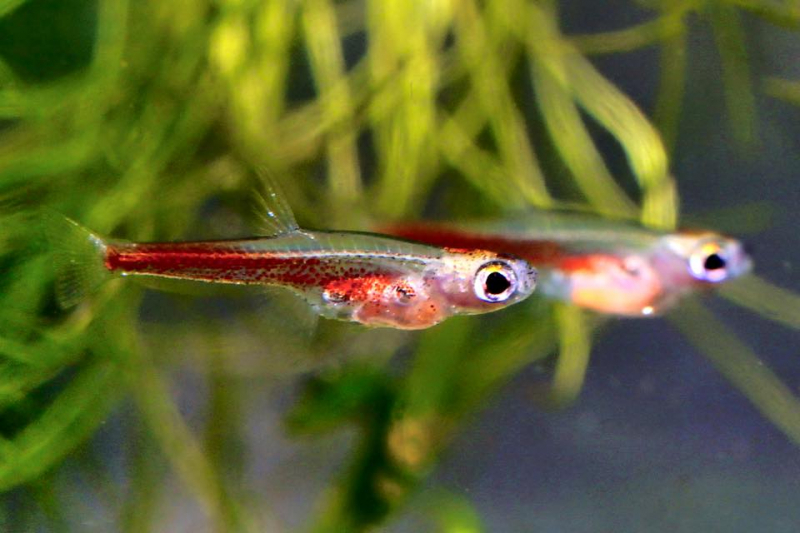
Via: Fishipedia 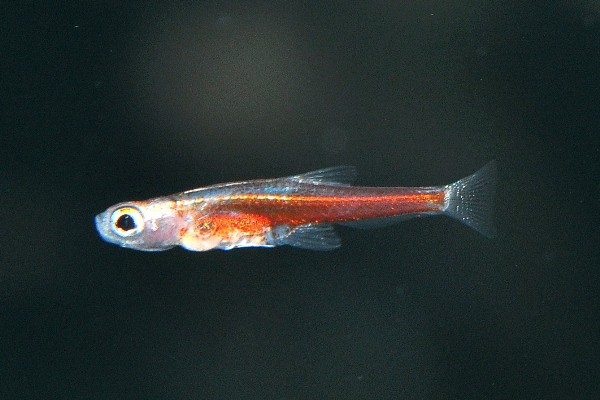
Via: my-fish -
The Slender Blind Snakes (Leptotyphlopidae) or thread snakes are a family of snakes found in North America, South America, Africa, and Asia. They are all fossorial, burrowing animals that eat termites and ants. There are two known subfamilies. Leptotyphlopids are relatively small snakes; only Trilepida macrolepis and Leptotyphlops occidentalis can reach greater than 30 cm.
There are no teeth in the top jaw, and the cranium and upper jaws are both immovable. A significantly lengthened quadrate bone, a little compound bone, and a moderately large dentary bone make up the lower jaw. The body is cylindrical, and it has a short tail and a blunt head. The scales have a very high polish. They are shielded from termite attack by the pheromones they emit. Leptotyphlopids occur in a wide variety of habitats from arid areas to rainforests and are known to occur near ant and termite nests. Leptotyphlopids mostly consume termite or ant larvae, pupae, and adults in their meals. The majority of species remove the exoskeleton from insect bodies before sucking out the contents. Leptotyphlopidae snakes are oviparous snakes.
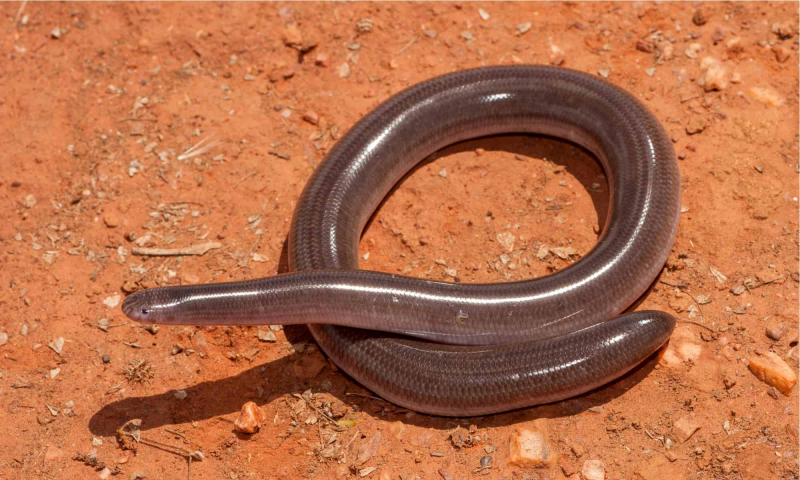
Via: AZ Animals 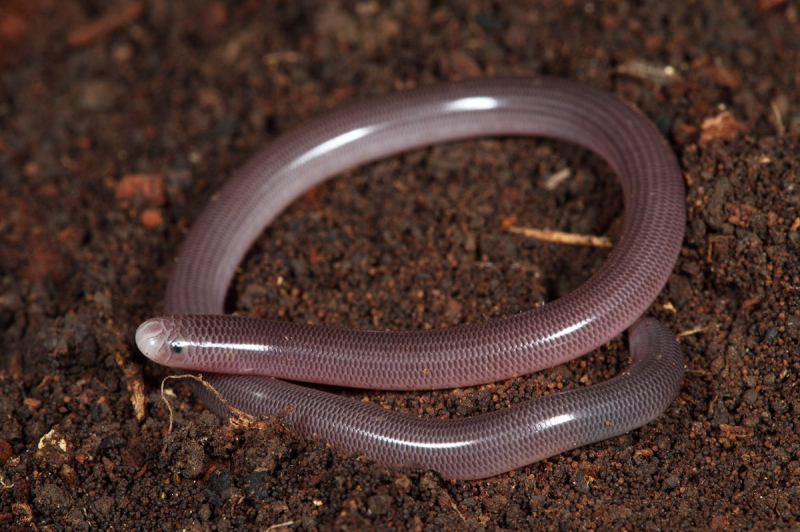
Via: Australian Museum -
The only living member of the family Craseonycteridae is Kitti's Hog-Nosed Bat (Craseonycteris thonglongyai), often known as the bumblebee bat. It is a nearly extinct species of bat. It inhabits limestone caverns near rivers in western Thailand and southeast Myanmar.
The popular name "bumblebee bat" comes from the Kitti's hog-nosed bat's dimensions of 29 to 33 mm in length and 2 g in mass. Depending on how size is defined, it is the smallest species of bat and might well be the smallest mammal in the world. Small shrews are the main rivals for the title; for example, the Etruscan shrew is lighter at 1.2 to 2.7 g, but it is also longer, measuring 36 to 53 mm from the top of its head to the tip of its tail. The size of the colonies varies widely, with 100 people on average living in each cave. The bat hunts for insects in adjacent forests during brief feeding intervals in the evening and early morning. Every year, females give birth to a single child.
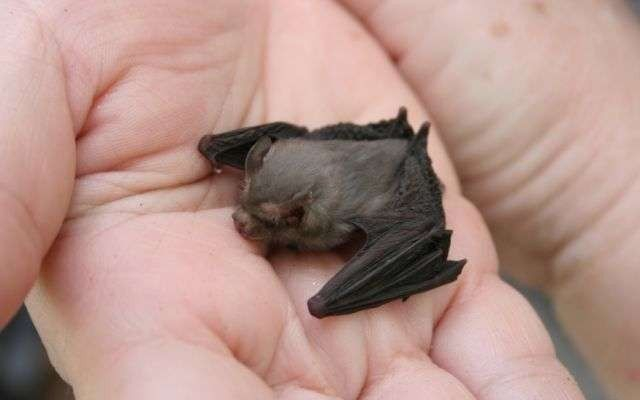
Via: DeviantArt 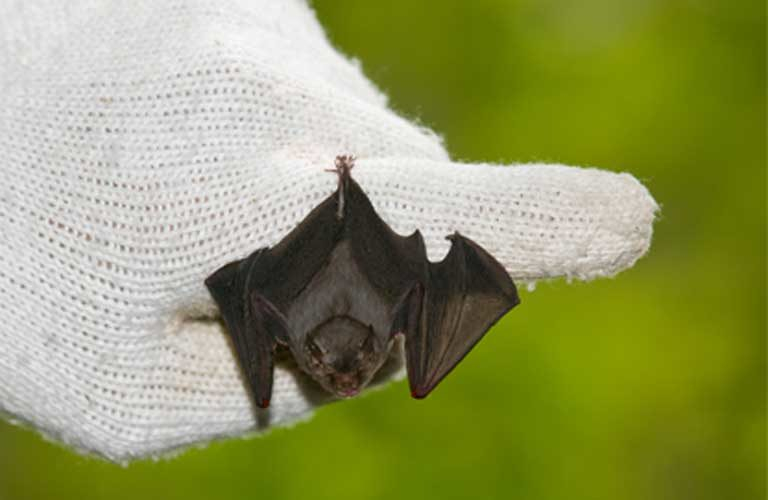
Via: Mongabay -
The Bee Hummingbird, which is only 2 inches tall and weighs a little 2 grams, triumphs over other members of the hummingbird family, which is known for its diminutive size. Their nests are around the size of a quarter and can hold eggs that are about the size of a coffee bean. In terms of weight, each bee hummingbird is about the size of a cent. They are hardly larger than the typical bumblebee, or to put things in a more naturalist perspective. They are unfortunately prey for the same creatures that would eat bumblebees because of their size, most notably mongooses, wasps, frogs, and spiders.
These tiny birds' hearts beat at an astonishing 80 beats per second on normal, but during mating season, that rate can more than double. Given that the bee hummingbird must consume up to 1500 flowers each day for food, they cannot afford to waste that energy. It's not simply that the bee hummingbird is hard to spot because it's so little. It also requires taking a trip to Cuba. This isolated island nation is also the only known habitat of the species.
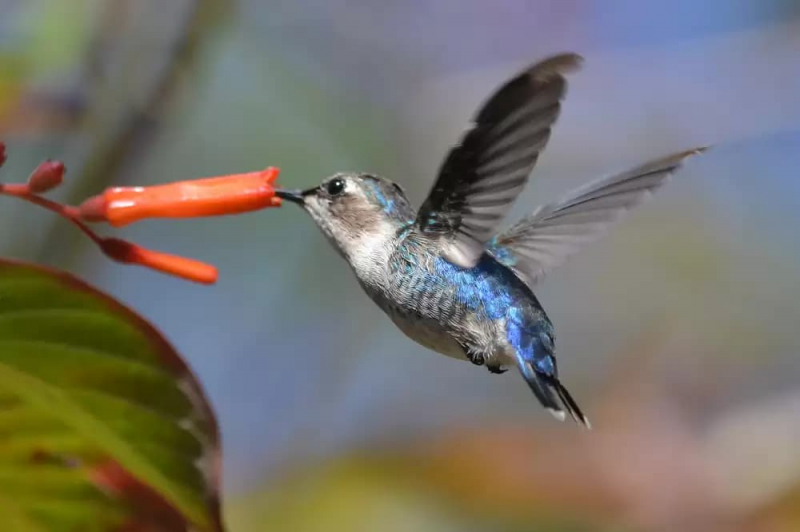
Via: The Dodo 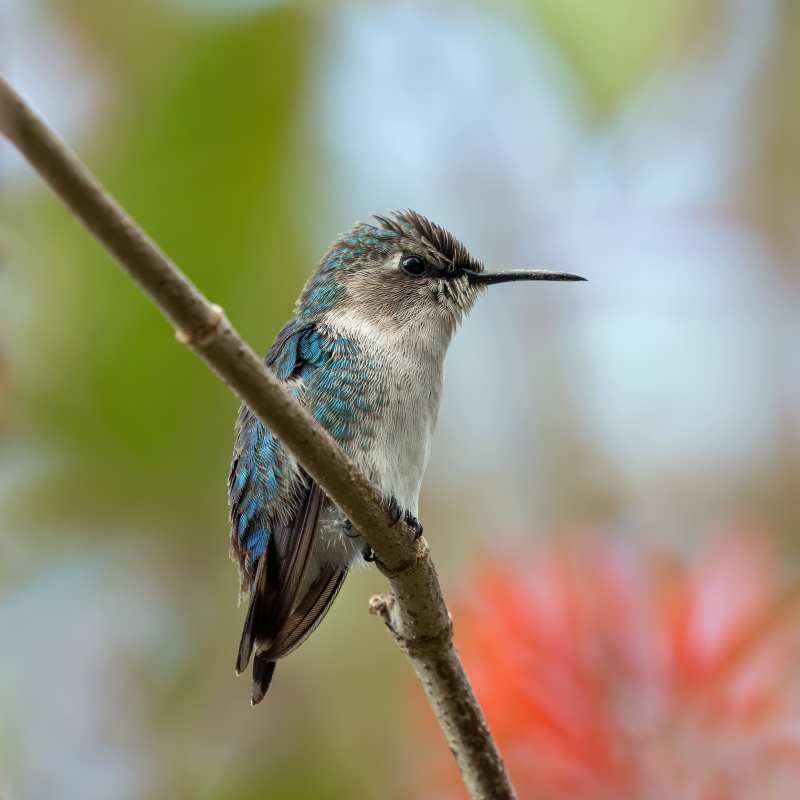
Via: Wikimedia Commons -
The tiniest species of tortoise in the world is Chersobius signatus (family Testudinidae). Common names for the species include "Speckled Padloper Tortoise", or "Speckled Cape tortoise" globally. It belongs to the Chersobius genus and is unique to South Africa. The larger females can reach heights of nearly 10 cm and weigh between 95 and 165 g. The flattened shell of this species has marginally serrated edges. There are numerous black specks all over the orange-brown shell. The males have a belly that is clearly concave.
This tiny tortoise can be distinguished from the other Chersobius species by its speckles, and by five toes on its forefeet (unlike many of its relatives, which have four toes on all four feet). Traffic on the highways, habitat loss, and poaching for the pet trade are threats to C. signatus. Any commercial sale of Chersobius tortoises is nearly universally rigorously prohibited since it is illegal to trade in collected Chersobius species and because captive specimens are routinely documented in noncommercial studbooks in South Africa and Namibia. Introduced species like pigs and domestic dogs pose a concern as well.
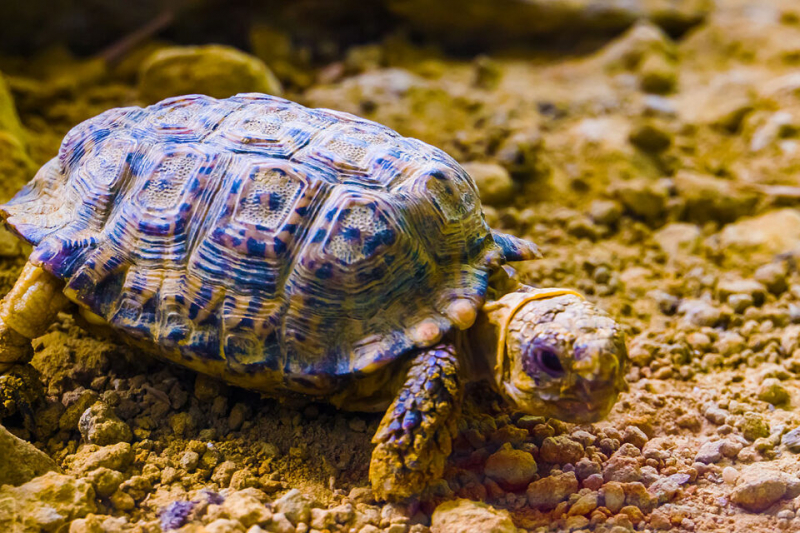
Via: Earth.com 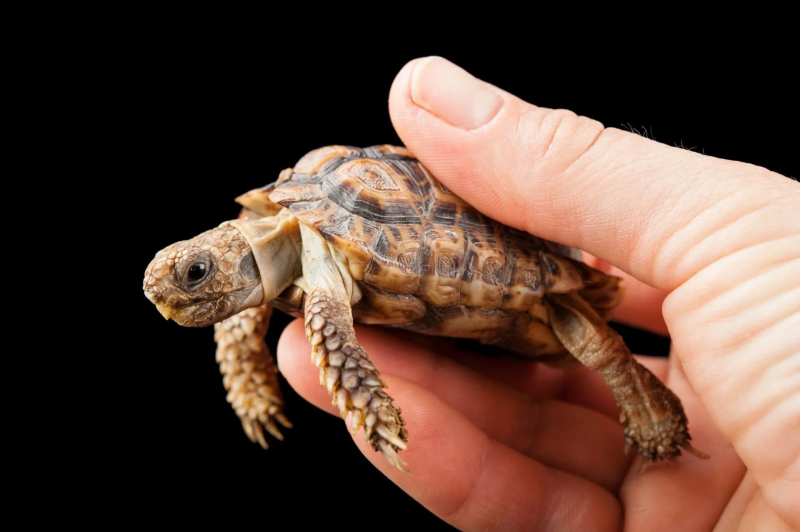
Via: Reddit -
The Etruscan Shrew (Suncus etruscus), also known as the Etruscan Pygmy Shrew and the White-toothed Pygmy Shrew, weighs only 1.2–2.7 g. That makes it the world’s smallest mammal when measured by weight, but, at 36–53 mm, it loses out to the bumblebee bat for smallest in length. It can pursue creatures that are the same size as itself and feeds primarily on insects and other small vertebrates and invertebrates. They are often rare and endangered in some countries, despite being common and generally not threatened.
The warm, moist environments that are covered with bushes are preferred by the Etruscan shrew because they provide cover from predators. Habited areas are typically found where open terrain, such as grasslands and scrub, meets deciduous forests. Although it has been discovered up to 3,000 m (9,800 ft) above sea level, it is often restricted to the foothills and lower belts of mountain ranges. It can be found at sea level. Along the banks of lakes and rivers, as well as in human-cultivated regions, it colonizes riparian thickets (abandoned gardens, orchards, vineyards, olive groves, and edges of fields).
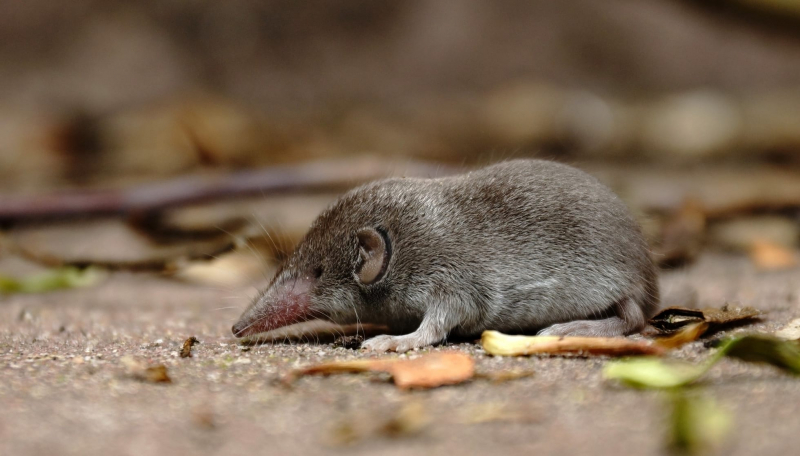
Via: Kidadl 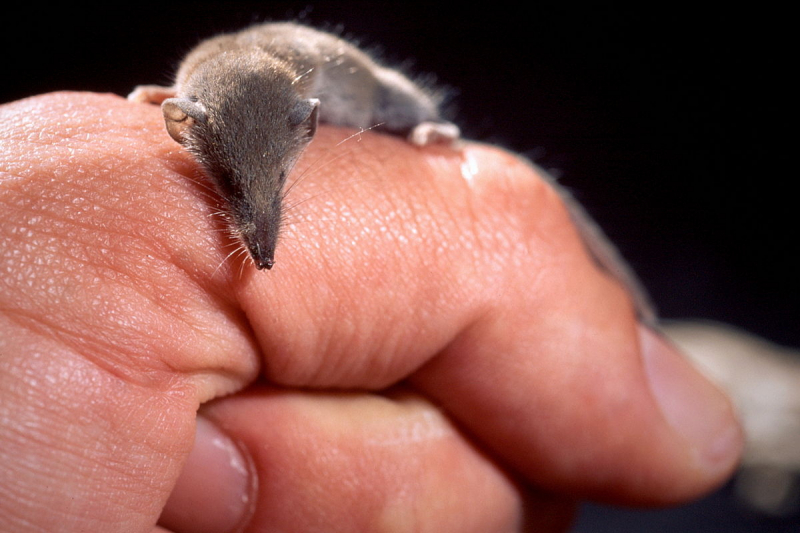
Via: Wikipedia -
While the pygmy marmoset may be the smallest monkey, the title of smallest known primate goes to Madame Berthe’s Mouse Lemur (Microcebus berthae). The seasonal weight is approximately 30 g, and the average body length is 9.2 cm. One of the many species of Malagasy lemurs that have evolved via considerable diversification as a result of unidentified environmental mechanisms and circumstances is Microcebus berthae. In western Madagascar's Kirindy Forest, this primate is primarily found. It was previously believed to be a rediscovery of M. myoxinus after its discovery in the dry deciduous forest of western Madagascar in 1992, but comparative morphometric and genomic research showed that it was actually a distinct species, M. berthae.
The dorsal pelage of the Microcebus berthae is short, thick, and bicolored in cinnamon and yellow ochre. A tawny tint characterizes the middorsal stripe. This species' flanks are a blend of light chamois and light pale neutral gray, while the midventral region is chamois in hue. The underfur on the dorsal and ventral surfaces is a neutral blackish gray tint. Tawny, short hair covers the tail. The ears and crest are tawny in hue as well. A slender dark band encircles the orbits. The space in between the eyes is a warm shade of cinnamon. The feet and hands are a drab brown color.
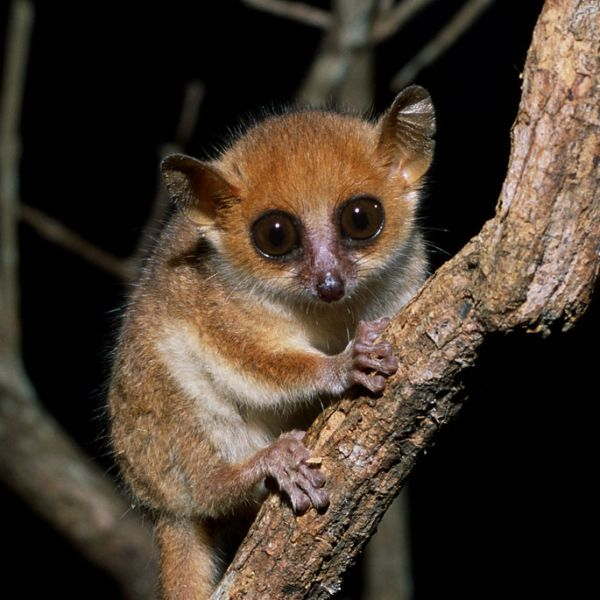
Via: Deutsches Primatenzentrum 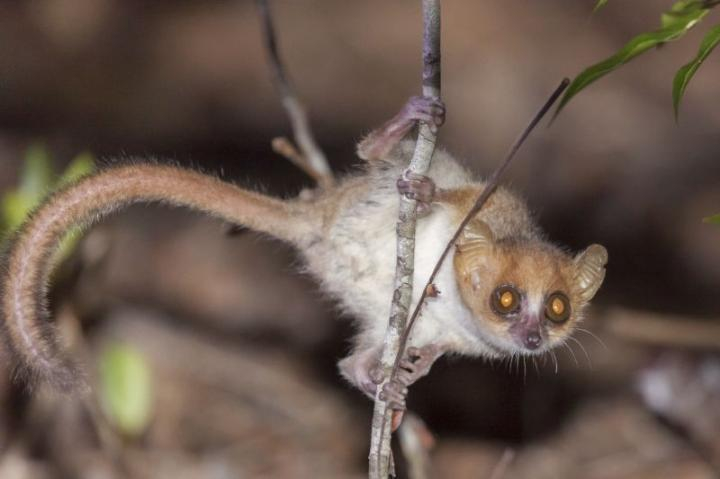
Via: EurekAlert! -
The Pygmy Marmoset, or genus Cebuella, is a little species of New World monkey that is unique to the western Amazon Basin of South America. At slightly over 100 grams, it is famous for being the smallest primate and monkey in the world. It is a gum-feeding specialist, sometimes known as a gummivore, and is typically found in evergreen and riverbank woods.
A stable troop consists of two to nine members, a dominant male, a breeding female, and up to four successive litters of children. About 83 percent of the pygmy marmoset population lives in these groups. A typical stable troop would have a modal size of six people. Even while families make up the majority of groups, some may also have one or two more adult members. The gang uses a sophisticated system of vocal, chemical, and visual signals to communicate. Depending on how far a call needs to travel, there are three main calling signals. When threatened or to assert their dominance, these monkeys may also perform visual displays. The female can tell the male when she is ready to procreate chemically by secreting chemicals through glands on her chest and vaginal region. The group splits up parental duties when the female gives birth to twins twice a year.
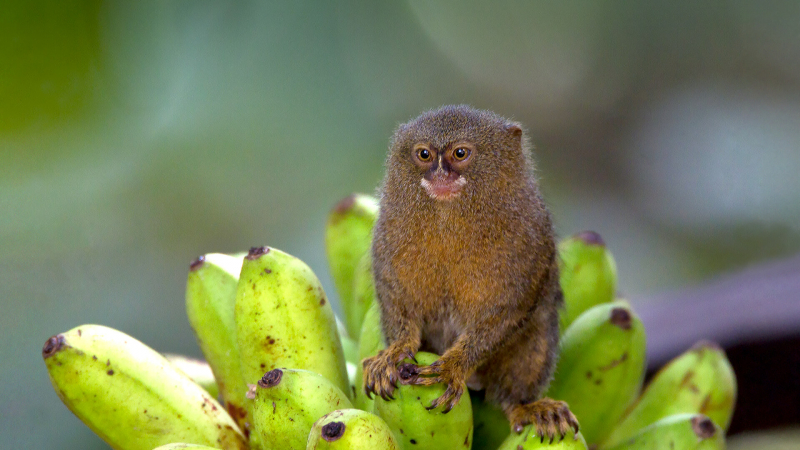
Via: San Diego Zoo Animals & Plants 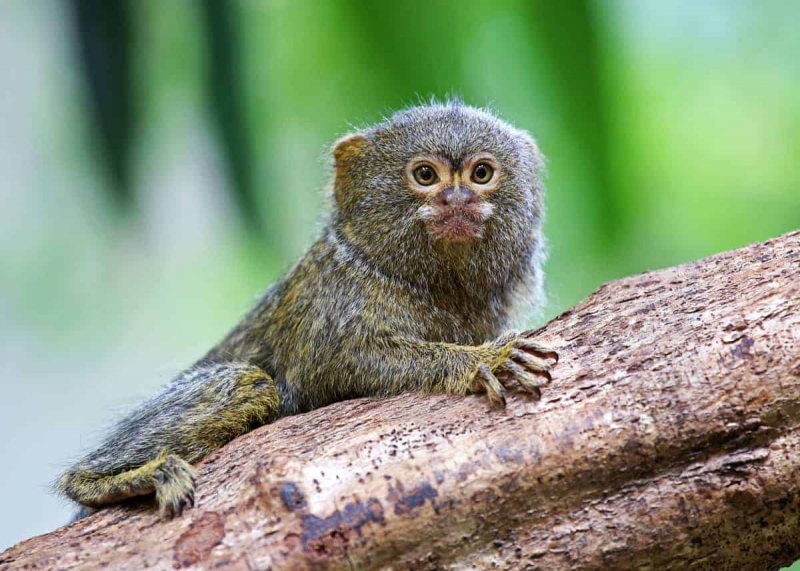
Via: Storyteller.travel -
The American Pygmy Rabbit (Brachylagus idahoensis) is a type of native rabbit. Additionally, it is the only native species of rabbit in North America that excavates its own burrow. The pygmy rabbit is typically regarded as belonging to the monotypic genus Brachylagus and differs markedly from species in both the Lepus (hare) and Sylvilagus (cottontail) genera. Although the International Union for Conservation of Nature rates the species as being at a reduced risk, the U.S. Federal government has categorized the Columbia Basin pygmy rabbit as an endangered species due to one isolated population.
With an adult weight between 375 and 500 grams and a body length between 23.5 and 29.5 centimeters, the pygmy rabbit is the smallest leporid in the world. Females are somewhat bigger than males. By virtue of its little size, short ears, gray hue, small hind legs, and lack of white fluffy fur, the pygmy rabbit can be distinguished from other leporids.
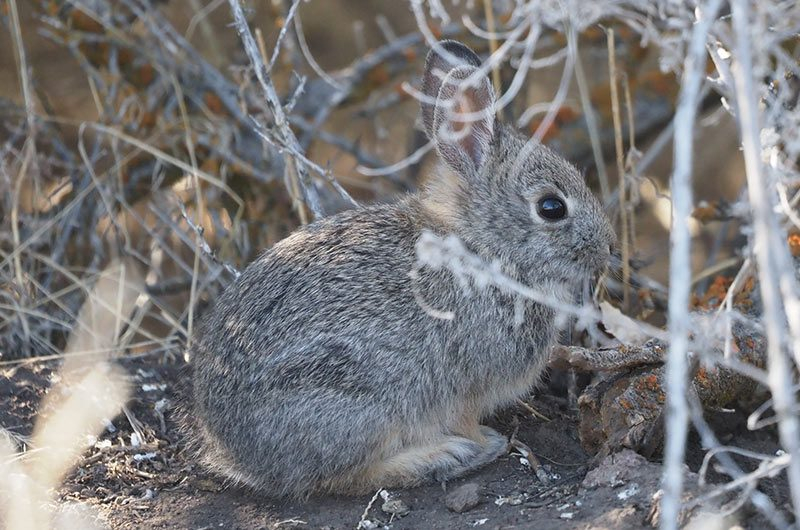
Via: LandPKS 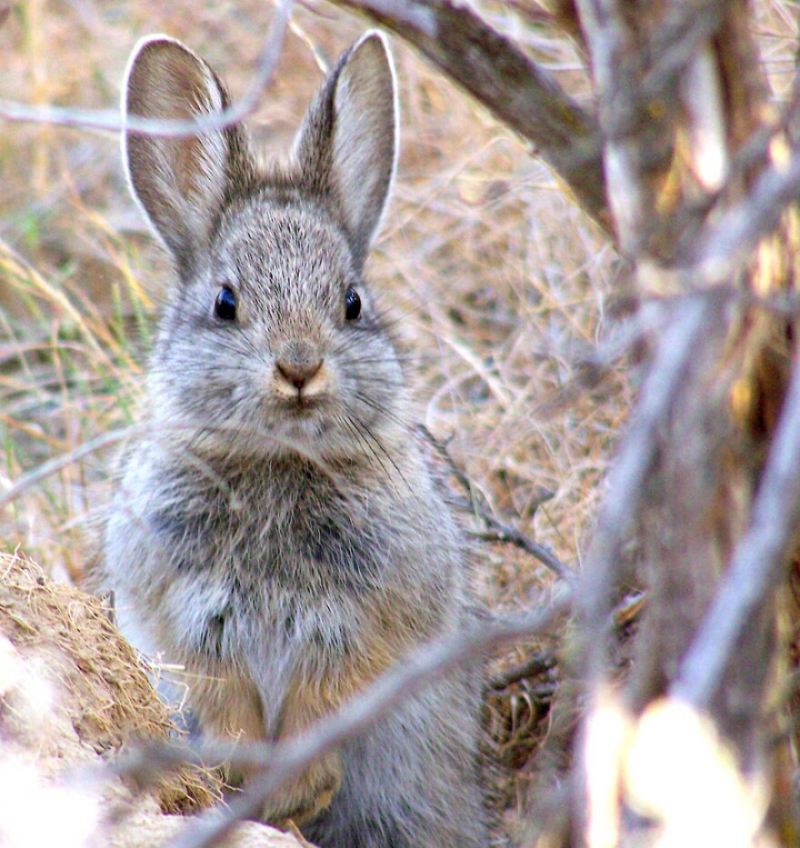
Via: Nevada Department of Wildlife













